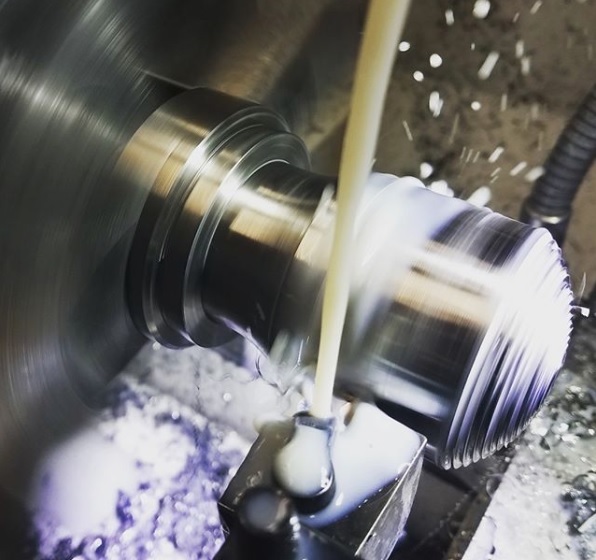- Joined
- Apr 12, 2013
- Messages
- 562
I am researching and reading everything I can find in preparation for a project where I will be making a lot of titanium chips. Everything I read says light ribbons are the worst for catching fire, but I have little confidence in taking heavy cuts with my 10F, and finishing cuts will always be light. I also see recommendations for low speeds. I do not have a flood coolant system...only regular cutting oils that I can brush or drip on before a cut.
What can I expect from Grade 5 and 9 Ti? What are reasonable RPM and feeds? I have 1.25"OD round bar and 1.25"OD tubing. The round bar will be turned into cone baffles for a suppressor, so drilled, bored, and turned down a lot...call it 85% into chips.
What can I expect from Grade 5 and 9 Ti? What are reasonable RPM and feeds? I have 1.25"OD round bar and 1.25"OD tubing. The round bar will be turned into cone baffles for a suppressor, so drilled, bored, and turned down a lot...call it 85% into chips.


